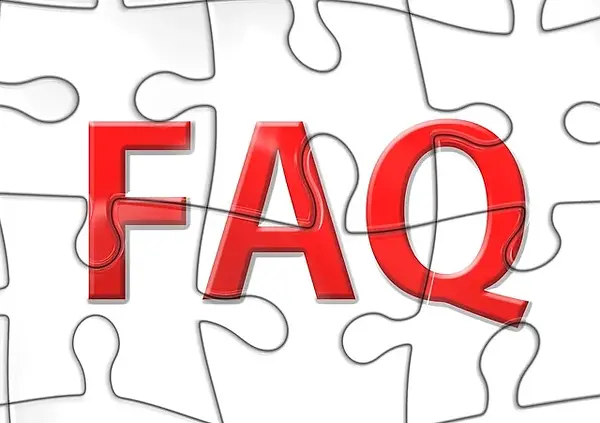
Brake Warning Light FAQ
Is it safe to drive with the brake warning light on?
No, it’s not safe. The brake warning light indicates a possible issue with your brake system, such as low brake fluid, worn brake pads, or a hydraulic failure. Driving with the light on can cause brake failure and increase the risk of an accident.
Can low brake fluid cause the brake light to come on?
Yes. Low brake fluid levels are one of the most common reasons the brake warning light turns on. Always check the reservoir and top it off with the correct brake fluid type.
Why does the brake light stay on after releasing the parking brake?
A: If your parking brake is fully released but the light remains on, there may be worn brake pads, a faulty brake switch, or an issue with the ABS system. A professional brake inspection is recommended.
How much does it cost to fix a brake warning light issue?
A: Costs vary depending on the problem. Refilling brake fluid is inexpensive, but replacing brake pads, rotors, or ABS sensors can range from $150 to $600 or more. A brake system diagnostic will pinpoint the issue.
Can I reset the brake warning light myself?
A: The brake warning light usually turns off automatically once the issue is fixed. You can try resetting it by checking fluid levels, releasing the parking brake, or replacing worn parts. If the light stays on, visit a certified mechanic.

